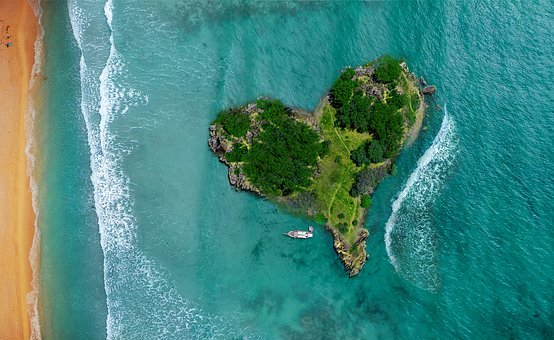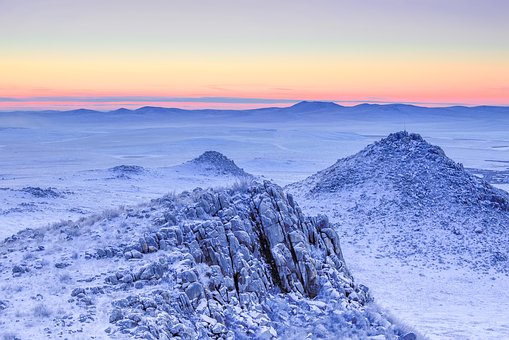The Buddha said, “What do you think, Sariputra? A blind person cannot see the sun or moon, is this the fault of the sun and moon, or the blind person?” Sariputra replied, “No, it is not the fault of the sun and the moon. The fault lies with the blind. The sun and the moon are quite clear. Just the blind cannot see them.”
The Buddha declared, “Likewise, Sariputra, sentient beings do not see the splendor and purity of the buddha field of the Tathagata due to their own afflictions. The Tathagata is not at fault. It is sentient beings who are impure, not the Tathagata. The realm of the Tathagata is very pure, you just don’t see it.”
~Depicted from GATEWAY TO THE VAJRAYANA PATH - A Compendium of the Vajrayana











